Open House New York
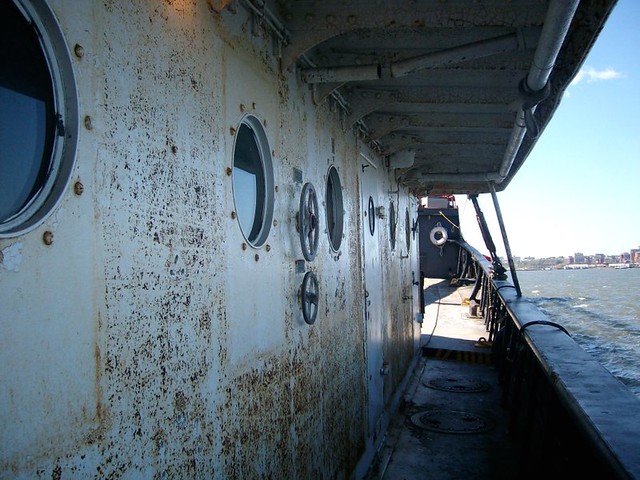
Once a year, doors and spaces usually closed are available to the public for Open House New York. OHNY focuses on design and architecture in the skyscrapers, infrastructure, transportation, homes, and cemeteries that make up New York. For the 2010 OHNY weekend, a couple of adventurous friends and I visited a few of these sites, starting with the Lighthouse Tender Lilac on the Hudson River.
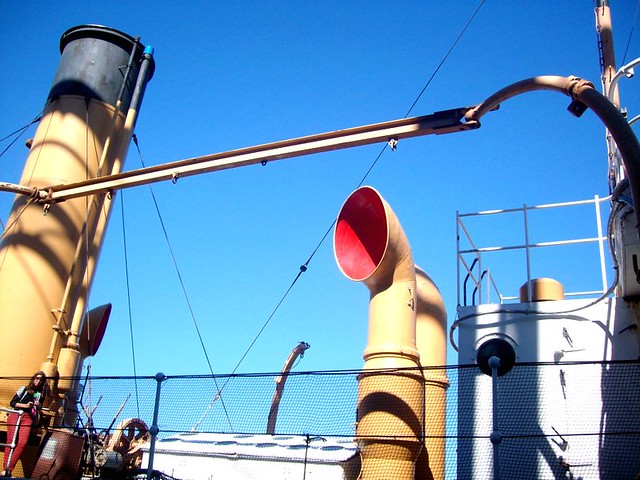
Built in 1933, the Lilac was used by the US Lighthouse Service until 1939, then served the Coast Guard until 1972. The lighthouse tenders brought supplies and crews to the lighthouses on the coast. Although thirty-three of these lighthouse tenders were built between 1892 and 1939. The Lilac is the oldest lighthouse tender left, and is believed to be the last steam-powered vessel in the US Coast Guard.

The whole ship was open for exploration, and incredibly friendly volunteers with the Lilac Preservation Project were very knowledgeable about the small boat’s history. After being decommissioned, it was used as a training ship and a dormitory for the Seafarers international Union. It later was a real estate office. Now on the National Register of Historic Places, the Lilac is owned by the Preservation Project and is docked at Pier 40.

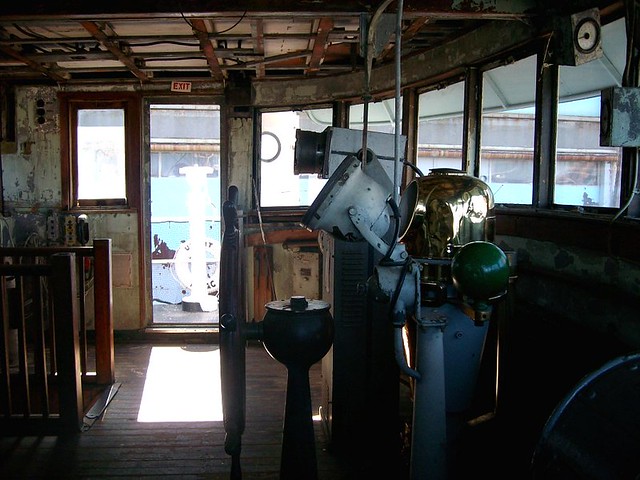
The ship is still in the process of being restored, but the deterioration is really beautiful. There are antique nautical contraptions and peeling paint from worn wood walls.
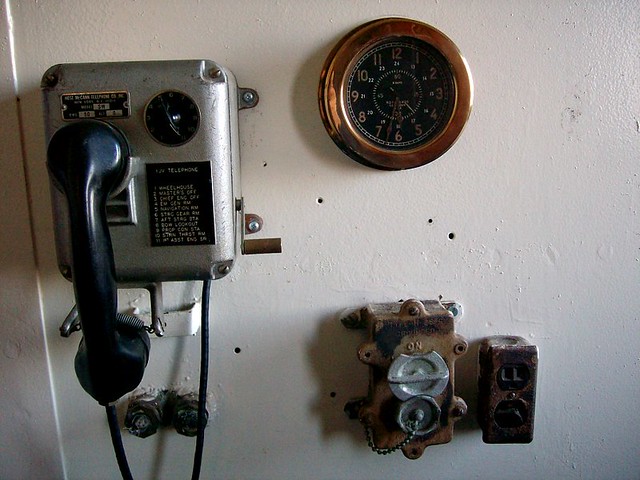

During its service as a lighthouse tender, the Lilac had a few adventures. In the icy winter of 1935, the Lilac helped evacuate the keepers of the offshore lighthouses in the Lower Delaware Bay. In 1952, the Lilac was employed in the disastrous collision of the Barbara Lykes cargo ship with the coastal tanker FL Hayes, which was engulfed in flames and sank to the middle of the Chesapeake and Delaware Canal. In 1953, the Lilac was used in the aftermath of the crash of the tankers Phoenix and Pan Massachusetts in the canal. Also in 1953, she helped fight fires on a tanker in the Christina River.
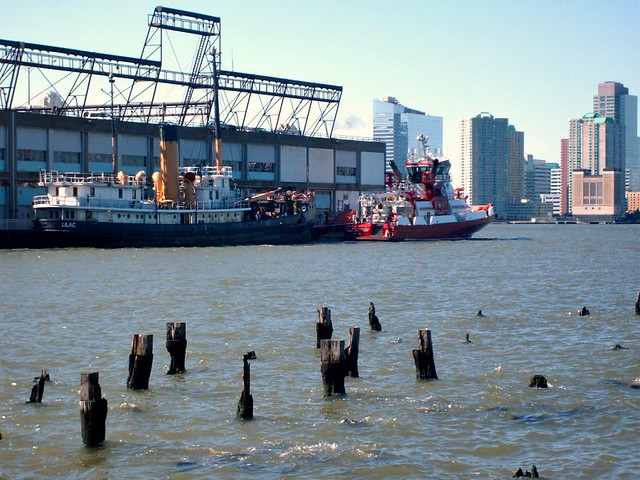
The Lilac still has its original steam engine, which needed a crew of about 15 to run. The small boat itself would have around 45 people on it at a time. Although it is stationary now, you can join its volunteer crew if you are interested in historic boat restoration or just want to help preserve a lovely piece of nautical history.
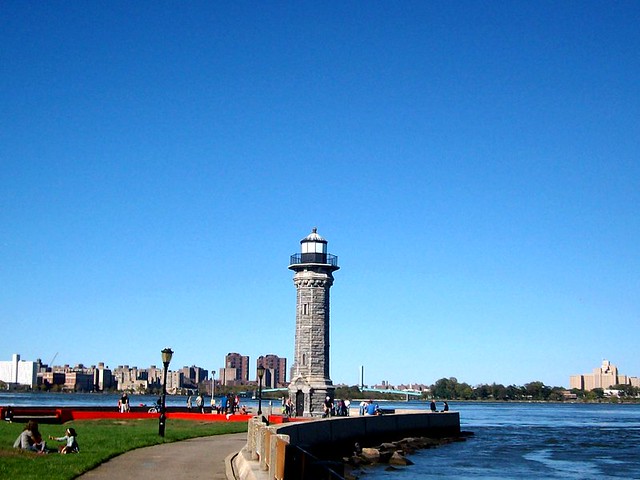
From the Lilac, we took the train to Roosevelt Island and saw an actual lighthouse: the Blackwell Island Light. It was built in 1872 on the East River by the City of New York on what was then called Blackwell Island. It was later renamed Welfare Island, before it transitioned from being known for lunatic asylums, prisons, poor houses, and a smallpox hospital to attracting residents as Roosevelt Island. There are stories about the lighthouse actually being built by asylum inmates, specifically one named John McCarthy, and a carved stone that was stolen used to read:
This is the work
Was done by
John McCarthy
Who built the Light
House from the bottom to the
Top All ye who do pass by may
Pray for his soul when he dies.
Before the lighthouse, there was a small fort at the end of the island built by Thomas Maxey, another asylum inmate.

Both of those inmates would have been residents of the New York City Lunatic Asylum, built in 1834. Its remaining structure is its entrance hall, now known as the Octagon. Although it was designed to be a forward-thinking environment for the treatment of mental illness, the asylum was quickly overcrowded with patients living a wretched existence. Convicts from the prison on the island were employed as guards and attendants. When Charles Dickens visited in 1842, he found the Octagon building to be “handsome” with its elegant staircase, but inside he “saw nothing of that salutary system which had impressed me so favourably elsewhere; and everything had a lounging, listless, madhouse air, which was very painful. The moping idiot, cowering down with long disheveled hair; the gibbering maniac, with his hideous laugh and pointed finger; the vacant eye, the fierce wild face, the gloomy picking of the hands and lips, and munching of the nails: there they were all, without disguise, in naked ugliness and horror.” When the journalist Nellie Bly pretended to be insane to get committed to the asylum, her newspaper exposé and book Ten Days in a Mad-House finally brought changes to the administrative horrors of the asylum.
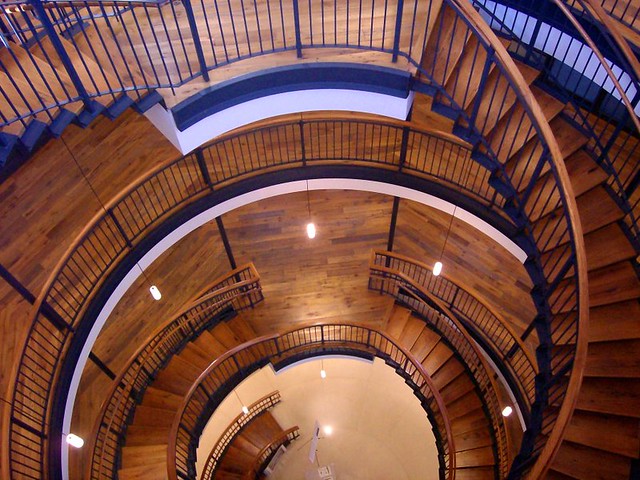
Now the Octagon is the entryway to luxury apartments. After changing from an asylum to a hospital for leprosy and tuberculosis, it finally closed and was abandoned in 1955. Fire and demolition destroyed all but the stones of the Octagon structure. Under the direction of the architecture firm Becker + Becker, the interior has been completely rebuilt, including a new spiral staircase. It is a little vertigo-inducing, especially when thinking of all the tortured people who passed through the Octagon.

Our last OHNY site was meant to be the AVAC Center, but they had changed their hours at the last minute so we found it closed. The white building is the center for all the pneumatic tubes that whisk away the trash on Roosevelt Island.
As a recent transplant to New York, I’m still overwhelmed by the density of the buildings and infrastructure here, and Open House New York was wonderful for revealing a few of its hidden spaces and their role in this city, a place whose identity is a constant metamorphosis of design and architecture.



Follow us on Twitter to get the latest on the world's hidden wonders.
Like us on Facebook to get the latest on the world's hidden wonders.
Follow us on Twitter Like us on Facebook